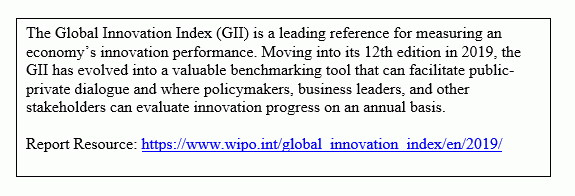 Following on from my recent post, “Managing Energy Transition through Innovation,” let me build out the innovation argument further. Innovation needs to be talked up within Energy. It is the catalyst to all within the current energy transition underway.
Following on from my recent post, “Managing Energy Transition through Innovation,” let me build out the innovation argument further. Innovation needs to be talked up within Energy. It is the catalyst to all within the current energy transition underway.
There is this compelling and urgent need to accelerate low-carbon technology innovation if the world can achieve decarbonization of the energy sector between now and 2050, to significantly contribute to meet international climate goals set out in the 2015 Paris Agreement.
The twin combination of energy efficiency and renewable energy seems to be the only plausible way to achieve 90% of the emissions reductions needed by 2050 with renewables accounting for two-thirds of the primary energy supply by this date (IRENA analysis). The essential requirement for energy efficiencies and renewable energy needs is to come from significant technology innovation and systemic innovation, so as o achieve these ambitious numbers. Will it?
To undertake such a radical redesign of the energy system, to pilot and rapidly scale critical renewable energy technologies requires a dramatic set of shifts in such an energy transformation. Can we? Continue reading “Confusion or Diffusion in Energy Transition?”









